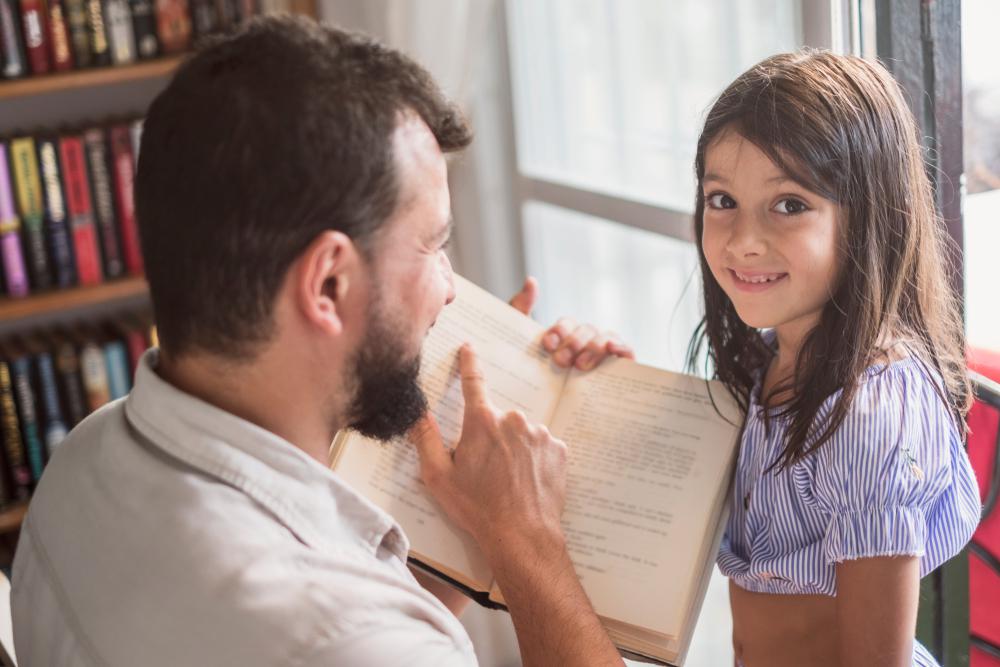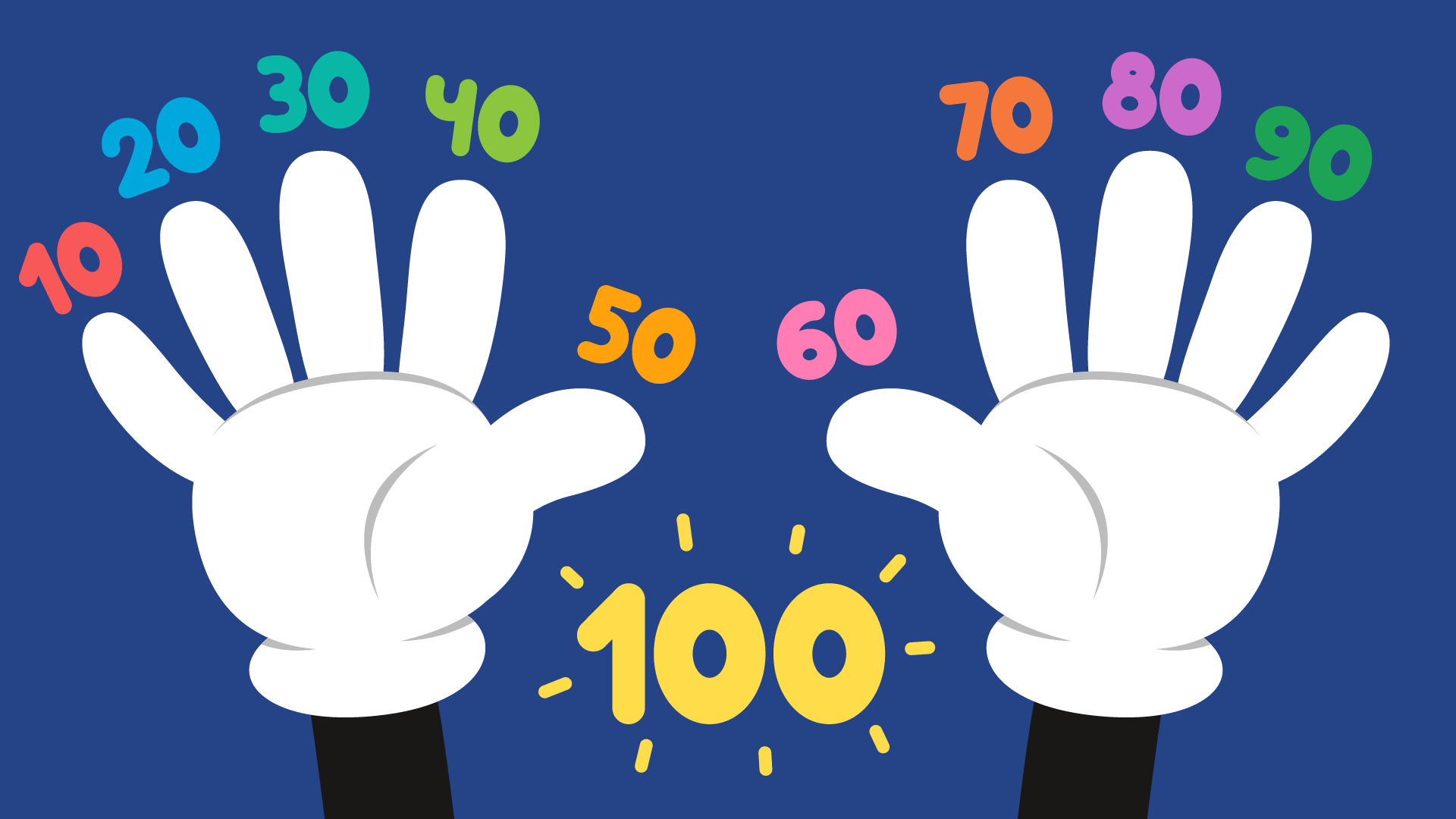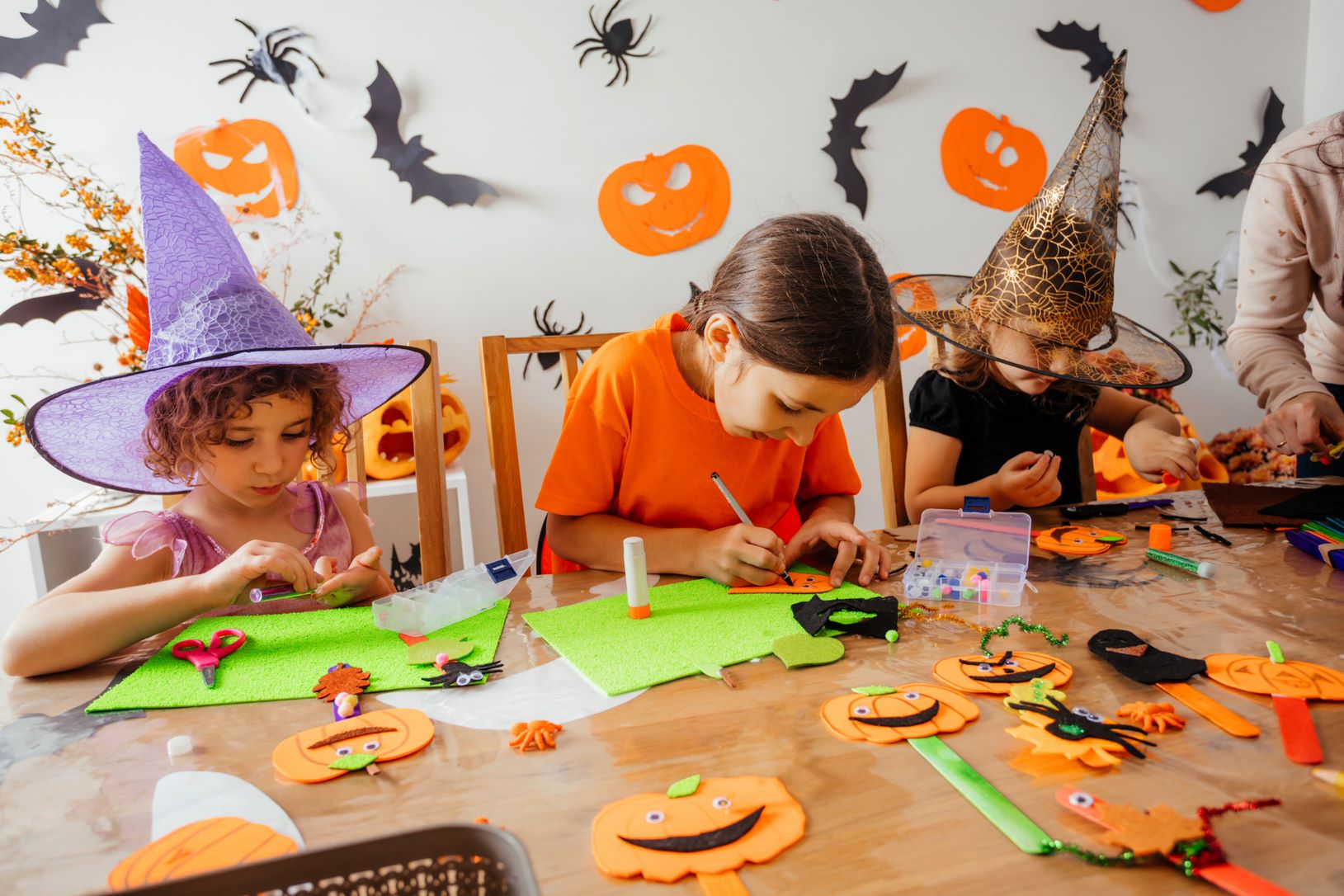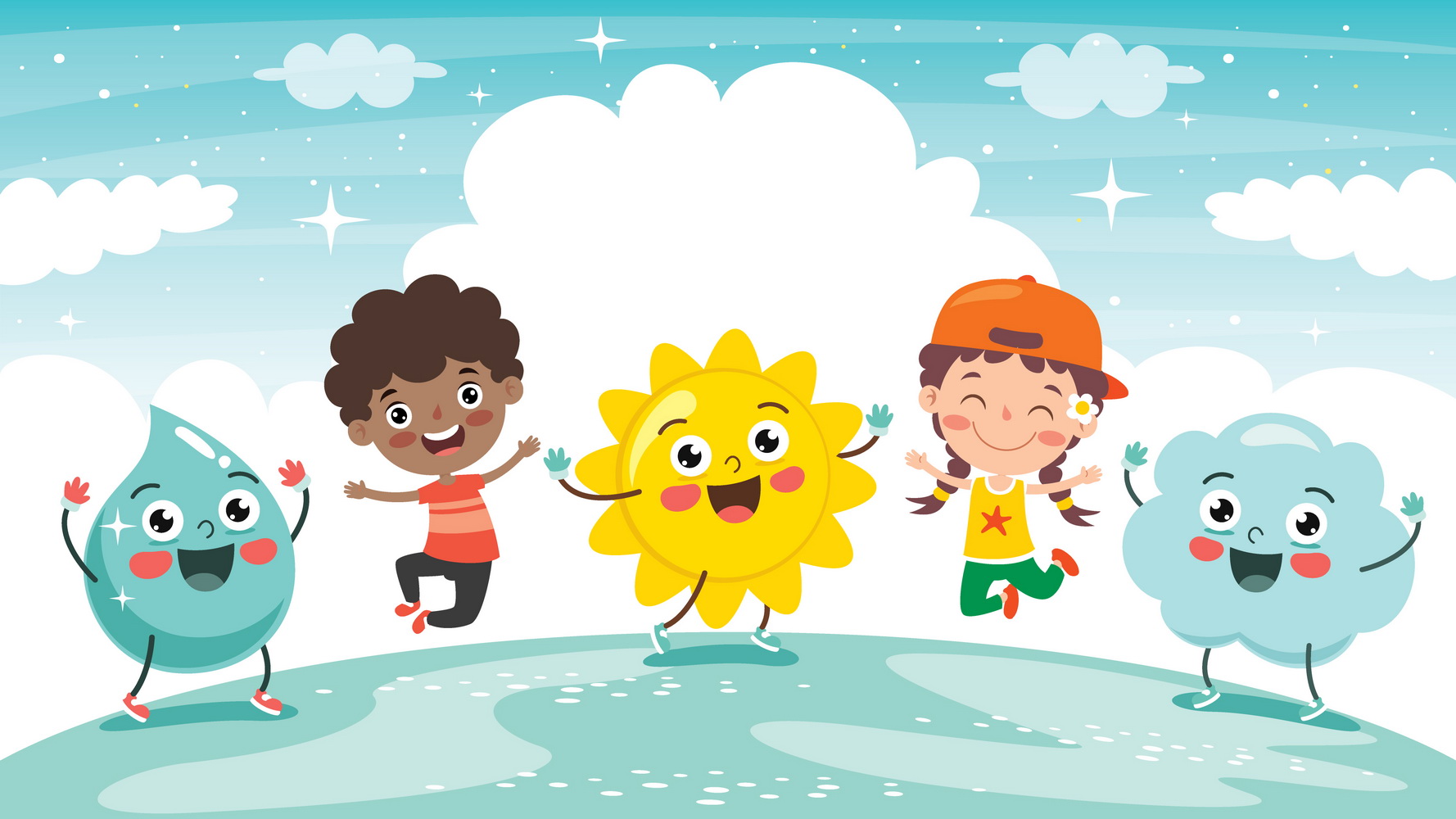Daily Knowledge Boost with Kids Academy: Deep Dive into 2nd Grade Subjects
Aug. 28, 2024
As kids grow older, they begin to learn the intricacies of each subject they study. In math, they learn the interconnected nature of addition and subtraction, and in ELA they examine the details of a text they used to ignore, like subheadings and captions. As they mature, it’s important that they continue to build their knowledge by digging into the details for every concept they learn.
Digging Deeper for 2nd Graders
Today’s knowledge boost revolves around uncovering the details and augmenting proficiency in every subject. After learning the basics of math, science, ELA, and social studies, children can then begin to connect ideas to gain a deeper understanding. Let’s take a closer look at complete lessons from Kids Academy offering a giant boost in knowledge that can serve as a catalyst for continued learning.
Click on the Classroom previews to open them in the interactive Classrom interface with progress reports. Or open the lessons as simple web pages by clicking on the subheading hyperlinks. To learn more about Kids Academy Classroom, read this quick Classroom Guide.
1. English Language Arts
Lesson: Text Features Lesson for Grade 2
Unlike younger students, second graders begin to examine the text they read with a finer eye. Text features are important to readers because they provide necessary details that may not be included in the main body of the text. Features such as subheadings, pictures, captions, and indexes are all critical components of nonfiction texts that enhance understanding.
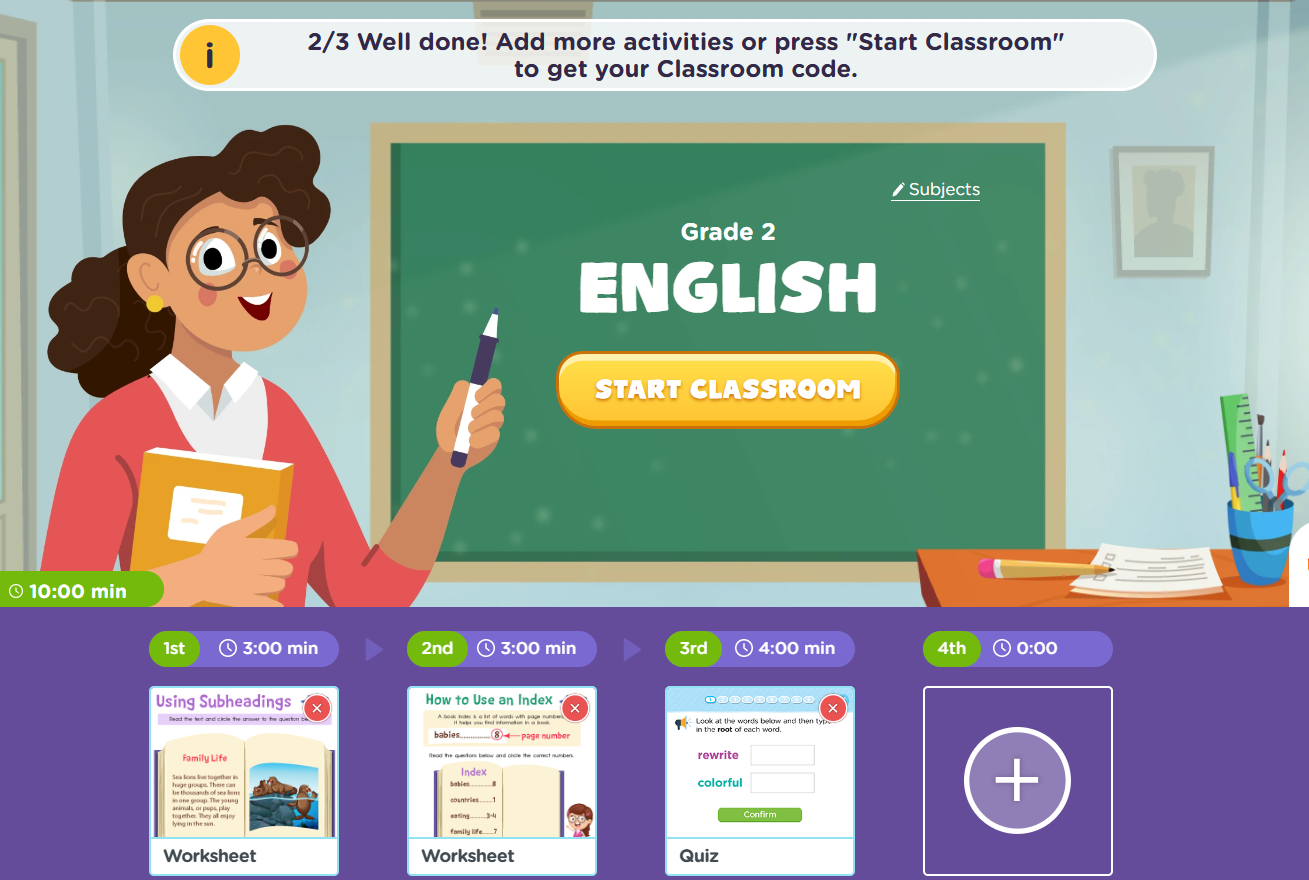
Activities Overview:
- 'Using Subheadings' Worksheet: Learners will look at a sample book page on the worksheet to find the and identify the subheading.
- 'How to Use an Index' Worksheet: In a big book like a textbook, how can someone find the chapter they’re looking for? The answer is by looking through the index. This worksheet teaches kids about indexes and offers practice reading one.
- 'Content-specific Word Meaning and Using Text Features in Nonfiction Text' Quiz: This activity is an assessment to gauge how well children can navigate text features and content-specific words in nonfiction texts.
Extension Activity: Go on a Scavenger Hunt to Find Text Features
This fun activity is a great extension to the lesson that also incorporates tactile learning to reinforce the concept of text features. Gather a stack of magazines and/or newspapers and ask your student to hunt through them to find the text features they learned about. Cut them out and paste them on construction paper to create a collage of text features!
2. Math
Lesson: Fact Families- Addition and Subtraction Within 1000
In this fact family lesson, 2nd graders dive head-first into the interconnected world of mathematical operations. While completing the following activities, they will learn that addition and subtraction, while opposites, are related. By understanding fact families, they grow their number sense and understand the details of what makes math work.
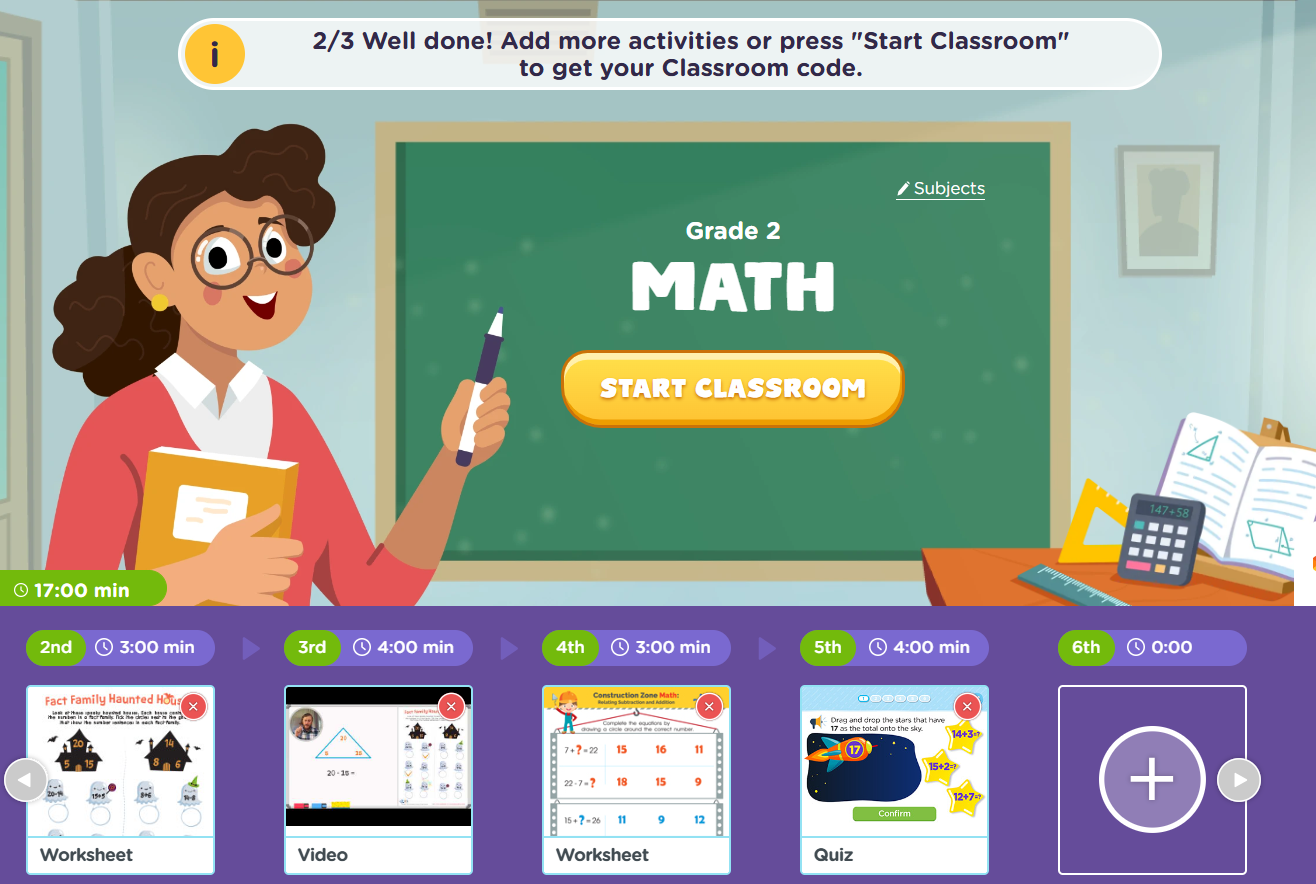
Activities Overview:
- 'Fact Families' Worksheet: This worksheet uses a creative way to help children make connections between equations and fact families by placing fact families on rooftops and tasking students with matching them to the correct house.
- 'Fact Family Haunted Houses' Worksheet: This spookily fun worksheet provides more practice with fact families by helping kids to identify equations that belong in each haunted fact family.
- 'Fact Family Haunted Houses' Video: Encourage learners to check their work and gain a better understanding by watching this teacher-led video that reviews the Fact Family Haunted House worksheet.
- 'Related Addition and Subtraction Facts' Worksheet: Discover just how related addition and subtraction are with this worksheet that removes the fact families to help children to forge a connection between these two operations.
- 'Memorize Sums of One-Digit Combos and Fact Families' Quiz: Assess your little learner’s knowledge with this quiz meant to track progress.
Extension activity: Bonds. Math Bonds!
Time to play this fun Fact Family game! Grab a deck of cards and a dry erase board and marker and check out this video! Kids will learn how to play math bonds, which is a fun-filled game about making fact families. Best of all, using playing cards and dry erase boards add a tactile component to reinforce learning.
3. Science
Lesson: Heating and Cooling – Matter
What makes learning about matter so cool is the fact that it’s so transformative! Just when you think water is a liquid, it evaporates and poof! It becomes a gas by becoming water vapor. These lessons focus not only on the different types of matter, but the ways in which each type changes.
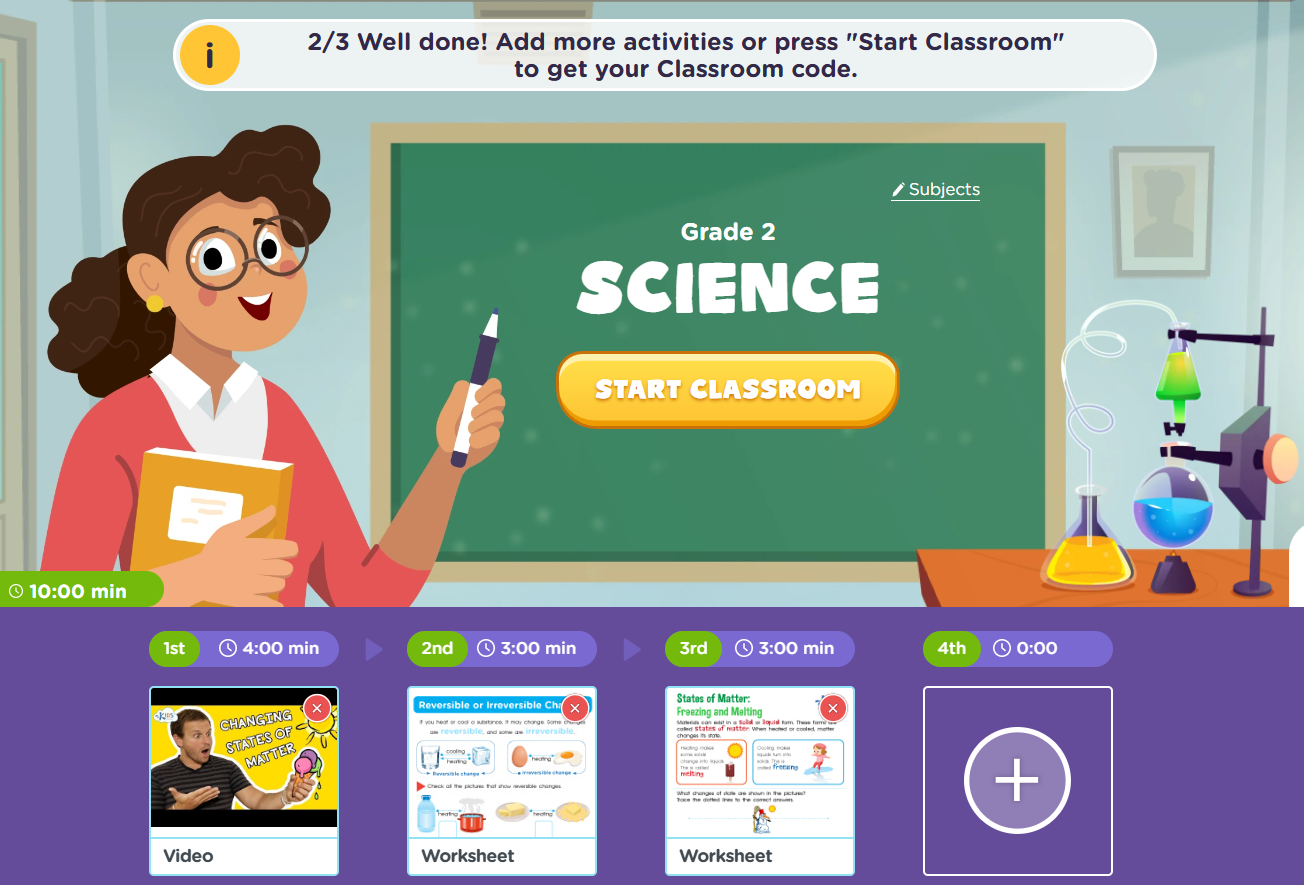
Activities Overview:
- 'Changing States of Matter' Video: This fascinating video shows children how changing states of matter can be found within their very own home!
- 'Reversible and Irreversible Changes' Worksheet: Some changes can be reversed, while for others, there’s no going back. This worksheet tasks kids with assessing each change in matter depicted to find those that are reversible.
- 'States of Matter: Freezing and Melting' Worksheet: Materials can take many forms. For instance, water can be solid or liquid depending on its temperature. This worksheet offers practice in differentiating between freezing and melting matter.
Extension Activity: Water Can be a Liquid, Solid, and Gas
Take a break from worksheets to demonstrate how water can be all the different states of matter. Simply help your child gather some ice in a bowl and set it out on the counter to melt. Record how long it takes to become a liquid. After it does, help learners pour the water into a pot and heat it on the stove until boiling. The steam is a gas!
Use today’s lessons to give your learner a boost by digging in to find the details in each subject they study. For more educational options, check out our Talented and Gifted Online program that provides structured independent learning!


